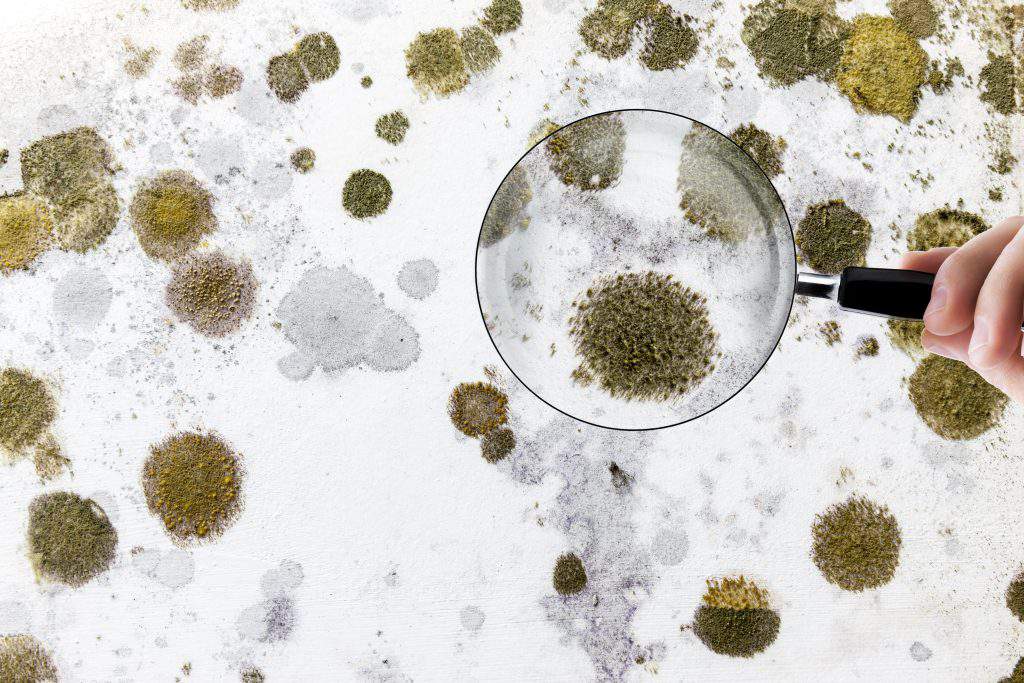After Mold Remediation Approaches for Clean Areas
After Mold Remediation Approaches for Clean Areas
Blog Article
Specialist Tips for Post Mold And Mildew Remediation Success
In the realm of mold remediation, effectively getting rid of mold and mildew is just half the battle; the real difficulty exists in stopping its reappearance. By adhering to skilled ideas and finest practices, people can guard their rooms against mold and mildew renewal and preserve a healthy and balanced interior atmosphere.
Display Moisture Degrees Consistently
Routine surveillance of moisture degrees is important in ensuring the efficiency of article mold removal efforts. After completing mold removal treatments, keeping optimal humidity levels is vital to stop mold re-growth and make sure a healthy and balanced interior atmosphere. Monitoring moisture levels permits early detection of any spikes or variations that might potentially result in mold rebirth. High humidity degrees above 60% create a favorable atmosphere for mold to flourish, making routine keeping an eye on a positive procedure to stop any type of future mold problems - Post Mold Remediation.
In addition, developing a routine schedule for humidity checks, especially in risky areas such as washrooms, cellars, and kitchen areas, is an aggressive approach to mold prevention. By continually monitoring moisture levels, property owners can successfully reduce the danger of mold reoccurrence and preserve a healthy and balanced indoor environment post-remediation.
Conduct Thorough Inspections Post-Remediation
Following the completion of mold and mildew remediation treatments, it is necessary to conduct detailed examinations to verify the performance of the remediation process. These post-remediation inspections are essential in guaranteeing that the mold concern has been efficiently resolved which there is no reoccurrence or continuing to be mold development. Inspections need to be executed by qualified specialists who have knowledge in determining mold and examining interior air top quality.
Throughout these assessments, numerous approaches such as aesthetic evaluations, air sampling, and surface sampling might be utilized to extensively evaluate the remediated locations. Aesthetic analyses involve an in-depth evaluation of the premises to examine for any kind of visible indicators of mold and mildew growth or water damage. Air sampling helps in establishing the air-borne mold spore levels, while surface tasting can discover mold particles on surfaces.
Implement Correct Air Flow Methods
After guaranteeing the efficiency of the mold and mildew removal procedure with comprehensive examinations, the next vital action is to concentrate on carrying out correct ventilation techniques. Appropriate air flow is vital in protecting against mold reoccurrence by regulating moisture degrees and promoting air flow.
Appropriate ventilation not only help in stopping mold growth however additionally adds to the total health and comfort of residents. By making certain ample ventilation look what i found throughout the home, you can reduce the risk of mold and mildew regrowth and produce a much healthier living setting. Normal upkeep of air flow systems, consisting of cleansing and filter substitutes, is vital to maintaining reliable air flow. Consulting with HVAC experts can supply more insights right into optimizing air flow techniques for your particular home needs.

Usage Mold-Resistant Materials for Services
To boost the lasting effectiveness of mold and mildew remediation efforts, incorporating mold-resistant materials for fixings is important in alleviating the mold removal fogger rental risk of future mold and mildew growth. Mold-resistant materials are designed to stand up to moisture and prevent mold and mildew development, making them an important selection for areas prone to dampness and moisture. When fixing locations affected by mold and mildew, making use of products such as mold-resistant drywall, mold-resistant paints, and mold-resistant caulking can aid avoid mold and mildew reappearance.
Mold-resistant drywall is an outstanding option to typical drywall in areas like basements and restrooms where wetness degrees are greater. When subjected to damp conditions, this type of drywall has a special finishing that withstands mold growth even. Furthermore, utilizing mold-resistant paints including antimicrobial agents can even more hinder mold and mildew growth on ceilings and walls.
In locations where dampness prevails, such as cooking areas and bathrooms, using mold-resistant caulking around windows, bathtubs, and sinks can aid secure out water and protect against mold and mildew from taking hold in cracks and crevices. By buying these mold-resistant products during fixings post-remediation, you can substantially minimize the possibility of future mold and mildew issues and maintain a much healthier interior setting.
Maintain Sanitation and Address Water Issues
After mold removal, it is critical to keep a clean setting to prevent the regrowth of mold. Leaks, water invasion, or high click now humidity levels can create the best breeding ground for mold and mildew, so it is critical to fix any type of water-related issues instantly.
To preserve tidiness, take into consideration making use of HEPA filters in vacuums and air purifiers to trap mold spores and stop their circulation in the air. Guaranteeing appropriate air flow in areas prone to moisture build-up, such as cooking areas and restrooms, can assist keep moisture degrees in check. By remaining vigilant concerning sanitation and attending to water concerns immediately, you can efficiently avoid mold and mildew reinfestation and keep a healthy indoor setting.
Final Thought

In the world of mold and mildew remediation, effectively removing mold and mildew is only half the fight; the true obstacle exists in avoiding its reappearance. After completing mold and mildew removal procedures, preserving ideal moisture degrees is crucial to protect against mold and mildew re-growth and ensure a healthy indoor environment. High humidity levels above 60% produce a helpful setting for mold and mildew to prosper, making normal keeping track of a positive step to avoid any future mold and mildew concerns.
To improve the long-lasting efficiency of mold remediation initiatives, including mold-resistant products for repair work is vital in minimizing the threat of future mold and mildew development. After mold and mildew removal, it is important to preserve a clean atmosphere to avoid the regrowth of mold.
Report this page